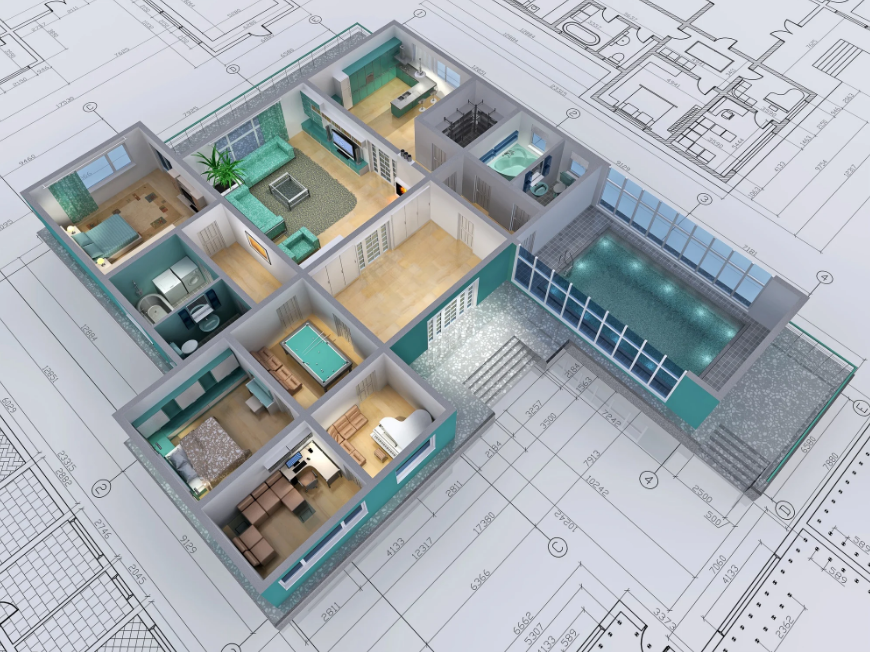
As the world of interior design continues to evolve, professionals in the field are constantly seeking innovative ways to bring their visions to life. Traditional methods of presenting designs, such as hand-drawn sketches and blueprints, are being replaced by more advanced techniques that offer increased accuracy and efficiency. One such technique that has taken the industry by storm is 3D rendering services. In this post, we will explore how these services are revolutionizing interior design and the benefits they provide to both designers and clients.
Advantages:
There are numerous benefits to incorporating these services into the interior design process. Here, we outline some of the key advantages:
Enhanced Visualisation:
One of the primary benefits is the ability to create highly realistic images that accurately represent the designer’s vision. This allows clients to better visualize the proposed design, making it easier for them to make informed decisions about the project.
Improved Communication
By providing clients with detailed, photorealistic images, designers can more effectively communicate their ideas and address any questions or concerns. This helps to streamline the decision-making process and ensure that all parties are on the same page.
Cost and Time Savings
Using 3D rendering can help identify potential issues before construction begins, reducing the likelihood of costly mistakes and delays. Additionally, designers can quickly make adjustments to the design based on client feedback, saving both time and money.
Increased Flexibility and Customization
3D rendering allows designers to easily modify and experiment with different design elements, such as colour schemes, materials, and lighting. This increased flexibility enables them to create a more personalized and unique space for each client.
The Role of 3D Architectural Rendering in Interior Design
While 3D rendering services have had a significant impact on the world of interior design, they also play a crucial role in the broader field of architecture. 3D architectural rendering is used to create detailed, accurate representations of entire buildings and structures, allowing architects and architectural designers to better plan and execute their projects. This technology has become an invaluable tool for professionals across the industry, as it enables them to visualize complex designs and make informed decisions throughout the development process.
Conclusion
3D rendering services have undoubtedly revolutionized the way interior designers approach their work. By providing a more accurate and visually engaging representation of their ideas, these services have improved communication, increased efficiency, and ultimately led to better results for both designers and clients.
